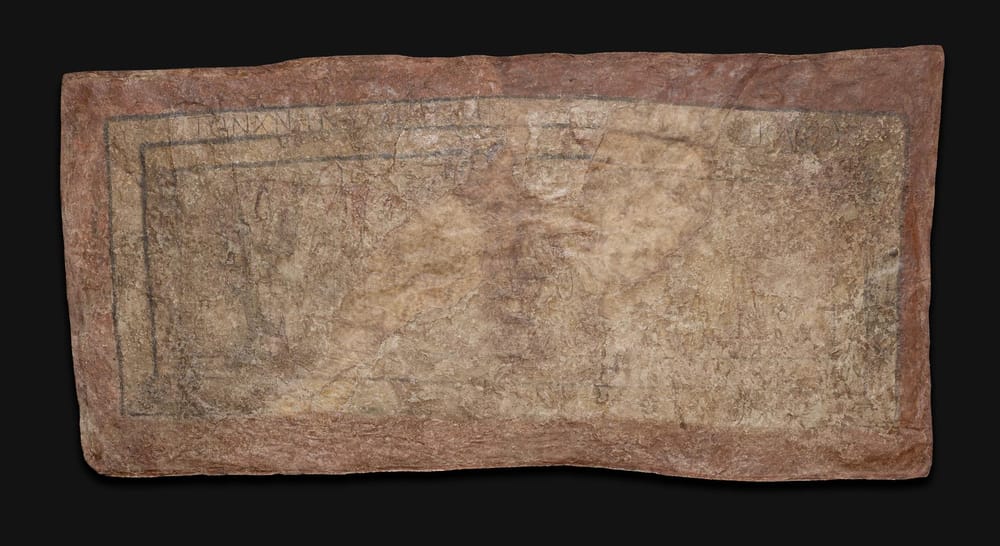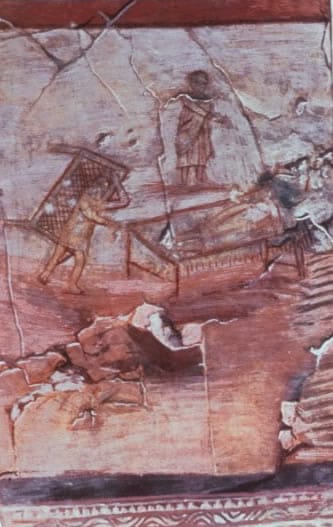The Church, seen as the mystical body of Christ, is supported by Scripture where Jesus says, "Where two or three gather in my name, there am I with them” (Matt. 18:20). From early on, Christians dedicated buildings for communal worship, though many of these early churches have been lost to history. However, some from the first few centuries still remain in some condition.

One notable example is the Dura-Europos house church in Syria, believed to have been built around A.D. 229 as a house and later used as a church between A.D. 233 and 256. This makes it approximately 1,791 years old. Although only a few walls remain, its early 20th-century excavation revealed fascinating findings.

Fragments of scrolls with Eucharistic prayers, related to the text of the Didache (an early Christian text from the first century), were discovered. Additionally, the church had remarkable frescoes in the baptistry, some of the oldest Christian images known. The Dura-Europos church, dating to around 232, is the earliest identified Christian house church and one of the earliest surviving Christian churches. During the first three centuries, Christians typically met in homes due to intermittent persecution, a practice that persisted until Constantine's Edict of Milan in 313 granted religious toleration throughout the Roman Empire. Various Christian groups have continued to worship in homes throughout history, often due to persecution.

The surviving frescoes in the Dura-Europos church's baptistry are among the most ancient Christian paintings. These include depictions of the "Good Shepherd," the "Healing of the Paralytic," and "Christ and Peter Walking on the Water," considered some of the earliest images of Jesus Christ. A larger fresco shows three women (one mostly lost) approaching a sarcophagus, likely depicting the three Marys visiting Christ's tomb. The name Salome is painted near one woman, often identified as Mary, Mother of James. There are also frescoes of Adam and Eve and David and Goliath, which follow the Hellenistic Jewish iconographic tradition but are more crudely executed compared to the paintings in the nearby Dura-Europos synagogue.